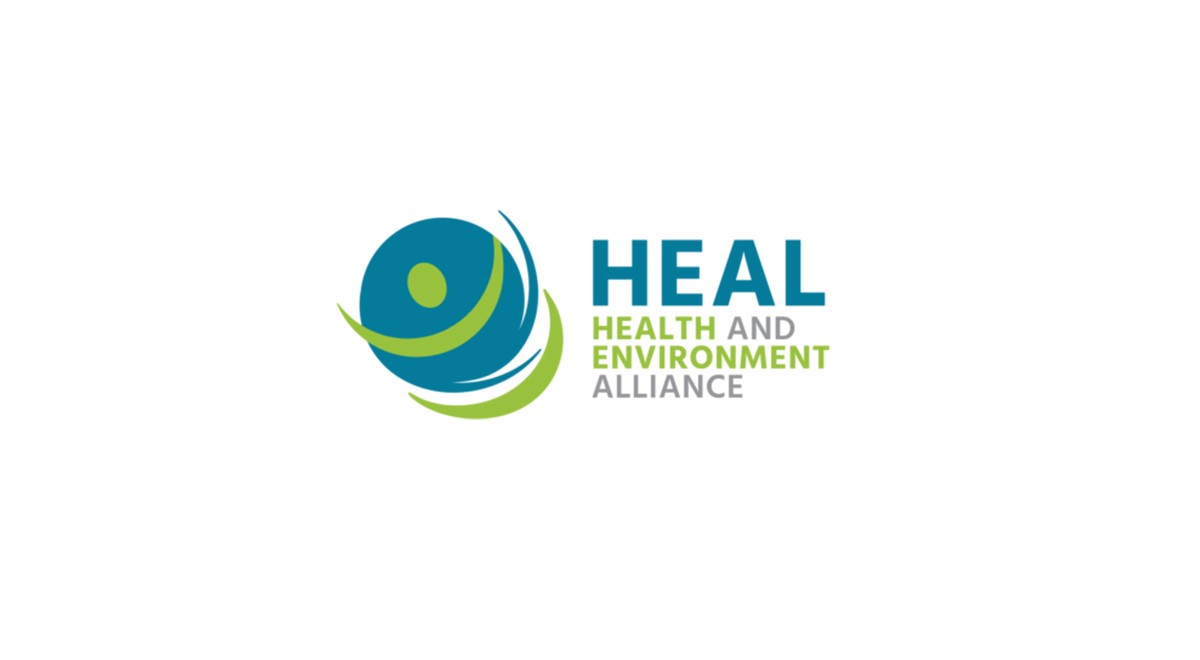Press note: EU member states expert committee voted to ban some bisphenols, including bisphenol A (BPA), in food contact materials. This measure is much needed to protect people from these endocrine disrupting chemicals (EDCs), that have also been classified as toxic for reproduction.
A new scientific study, undertaken as part of the US CLARITY-BPA project [1], developed a quantitative assessment of the effects of bisphenol A (BPA) exposure on mammary gland development and found a consistent pattern of non-monotonic dose response relationships [2] on a set of over 90 measurements. This demonstrates a causal relationship between exposure to BPA and the health effects observed.
“A combined morphometric and statistical approach to assess non-monotonicity in the developing mammary gland of rats in the CLARITY-BPA study” [3] was published today in the journal Environmental Health Perspectives.
The study is striking because it uses both novel and standard quantitative as well as standard semiquantitative methods to analyse the effects of BPA exposure over critical windows of development: one set of experiments from gestation to weaning, and another one from gestation until tissue harvesting up to 6 months of age. Both quantitative methods reveal clear non-monotonic dose response curves, with the administration of lower doses resulting in larger effects on the development of the mammary gland at all-time points. In addition, the study tested several hypotheses regarding whether BPA and ethinyl oestradiol (EE2, a reference estrogen) produced similar effects, and compared their respective dose-response curves.
Striking findings of the study include the following:
- Clear statistical evidence of non-monotonic dose response curves of developmental exposure to BPA for multiple measurements;
- A break point in the dose-response curves between doses of 25 and 250 ug BPA/kg body weight/day;
- Occurrence of non-monotonic dose response curves at all ages of the animals studied, with the same breaking point;
- Using the same set of animals as the CLARITY-BPA core study, a statistical demonstration that the low-dose effects of BPA (e.g. mammary cancer already at 2.5 ug/kg/day) observed in the CLARITY-BPA core study are due to a causal relationship between the dose of BPA administered and its effect. This provides a counterpoint to the earlier statements according to which the low-dose effects observed were due to random events.
- Clear statistical evidence that different estrogens can produce either similar or very different effects, depending on the endpoints being measured. This contradicts the hypothesis that BPA and ethinyl estradiol would always have similar effects.
- Clear added-value of the novel methodology used for the mammary gland in detecting the non-monotonicity of the dose-response curve and expanding the number of properties observed in mammary glands.
- Clear illustration of the importance of developing and using statistical methods that are appropriate to detect the non-monotonic dose responses that are relevant for endocrine disruptors, since they are not caught adequately by tools developed to exhibit linear responses.
The quantitative method elaborated in the study responds to one of the CLARITY-BPA objectives to develop software tools fit for performing automatic evaluation of aspects of the mammary glands and determining dose-response curves. In other words, this method allows to assess several aspects of mammary gland morphology that are not accessible by manual assessments.
The mammary gland has been considered a particularly sensitive endpoint for endocrine disruption, with measurable effects seen at low levels of exposure and earlier than cancer occurrence. Testing of this endpoint as part of animal studies is thus of particular relevance for the regulatory safety assessment of EDCs.
Natacha Cingotti, senior health and chemicals policy officer at the Health and Environment Alliance (HEAL) said: “This study is yet another confirmation that exposure to even low doses of bisphenol A can be harmful to health and that it is not possible to set safe doses of exposure to this widely-used endocrine disruptor. BPA should be fully banned from consumer products and food packaging, and the tolerable daily intake needs to be further reduced.”
“As European institutions are drafting proposals for a revised framework to regulate endocrine disruptors, the promise to effectively protect people from their potential health effects must be based on the assumption that there are no safe levels of exposure, and that avoiding human exposure to such substances must be the top priority.”
A ‘questions and answers’ in relation to this study have been made available for download here.
Background
Bisphenol A is registered in Europe as a high-volume chemical and it is used in the production of numerous plastic products or coatings that are applied in a myriad of applications for packaging or industrial processes [4]. Exposure to BPA has been linked to several significant health conditions such as reproductive disorders, increased cancer risks (e.g. breast and prostate cancer), metabolic disorders such as obesity and diabetes, altered immune system, effects on the nervous, immune, and effects on brain development and behaviour, including in children.
BPA is on the European Chemical’s Agency (ECHA)’s candidate list of substances of very high concern, due to its reproductive toxicity and its endocrine disrupting properties for human health and the environment [5].
The European Food Safety Authority (EFSA) is currently re-assessing the potential hazards of BPA in food. The conclusion of its assessment is expected later in 2020 [6].


